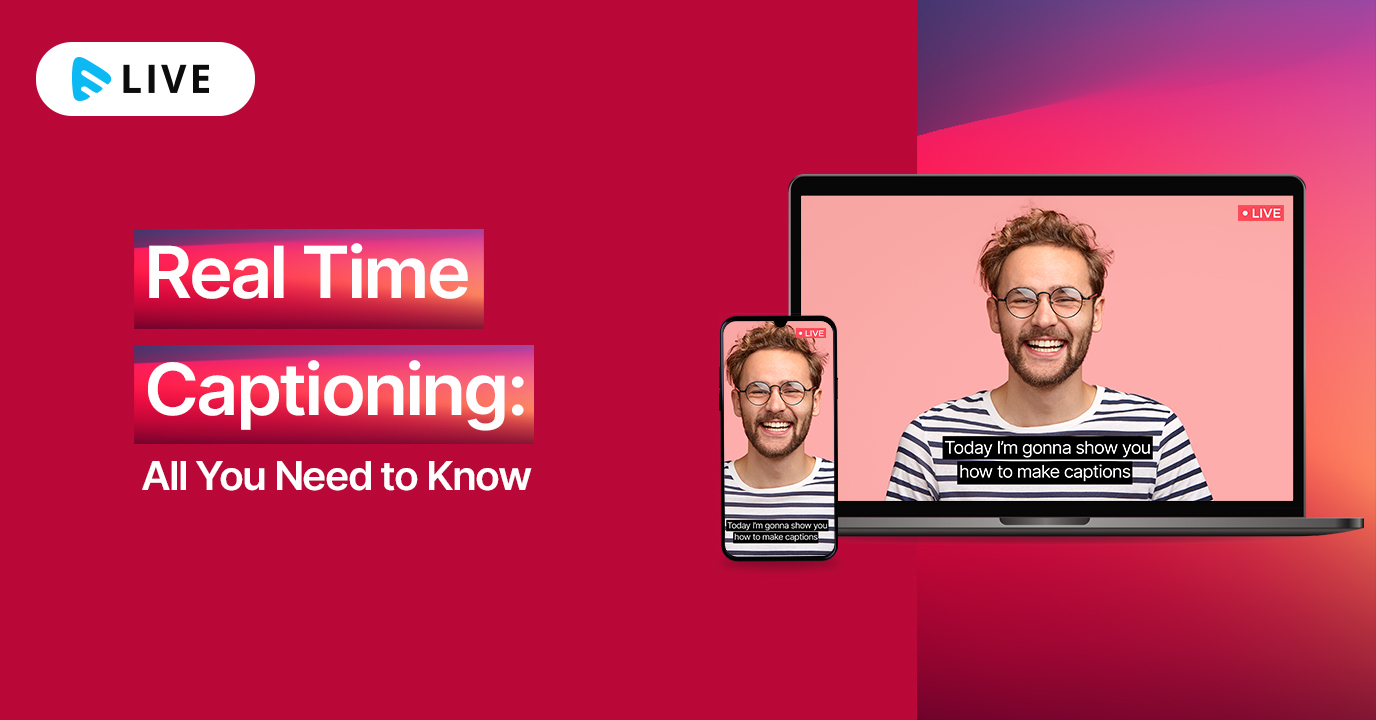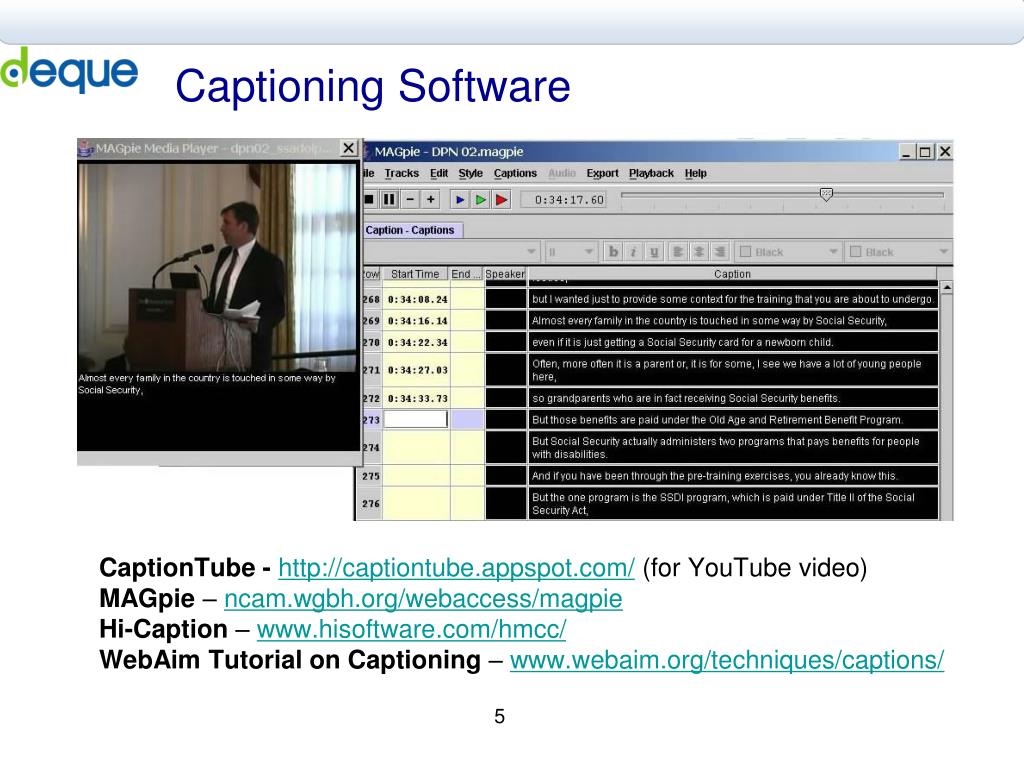What is Captioning and Why is it Important?
Captioning is the process of converting audio or video content into text, making it accessible to a wider audience. This includes individuals with hearing impairments, those who prefer to watch content with captions, and even people in noisy environments. The importance of captioning cannot be overstated, as it provides equal access to information and entertainment for everyone. In the United States alone, there are over 37 million adults with some degree of hearing loss, highlighting the need for captioning in various forms of media.
When considering what does a captioner do, it’s essential to understand the role they play in making media accessible. Captioners are responsible for creating accurate and synchronized captions for various types of content, including TV shows, movies, live events, and online videos. This requires a great deal of skill, attention to detail, and knowledge of captioning guidelines and software.
The benefits of captioning extend beyond accessibility, as it also improves engagement and learning outcomes. Studies have shown that captions can increase comprehension and retention of information, making it an essential tool for educational institutions and businesses. Furthermore, captioning can also enhance the overall viewing experience, allowing viewers to better understand and connect with the content.
In today’s digital age, captioning is more important than ever. With the rise of online video content and social media, the demand for captioning services is increasing rapidly. As a result, the role of a captioner is becoming more prominent, and their skills are in high demand. Whether it’s for entertainment, education, or accessibility, captioning plays a vital role in making media accessible to everyone.
How to Become a Captioner: Skills and Qualifications
To become a captioner, one must possess a unique combination of skills and qualifications. First and foremost, a captioner must have exceptional typing skills, with a high level of accuracy and speed. This is because captioning requires the ability to transcribe audio or video content in real-time, often at speeds of up to 225 words per minute.
In addition to typing skills, a captioner must also have a strong understanding of language and grammar, as well as excellent listening and comprehension skills. This is because captioning involves not only transcribing spoken words, but also conveying the nuances of tone, pitch, and emphasis.
Furthermore, a captioner must be familiar with captioning software and guidelines, such as those set forth by the Federal Communications Commission (FCC) and the Society of Broadcast Engineers (SBE). This includes knowledge of formatting, timing, and synchronization, as well as the ability to use specialized software and equipment.
Many captioners also choose to obtain certifications, such as the Certified Realtime Captioner (CRC) or the Certified Broadcast Captioner (CBC), which demonstrate their expertise and commitment to the field. These certifications often require passing a rigorous exam and completing continuing education requirements to stay up-to-date with industry developments.
When considering what does a captioner do, it’s clear that the role requires a unique blend of technical, linguistic, and cognitive skills. By possessing these skills and qualifications, captioners can provide high-quality captions that make media accessible to a wider audience.
In terms of education, many captioners hold a degree in a field such as communications, linguistics, or computer science. However, it’s not uncommon for captioners to come from a variety of backgrounds, including journalism, teaching, or transcription.
Ultimately, the key to becoming a successful captioner is a combination of technical skills, attention to detail, and a passion for making media accessible to everyone.
The Captioning Process: From Transcription to Timing
The captioning process involves several steps, from transcription to timing, to ensure that the final product is accurate, synchronized, and of high quality. When considering what does a captioner do, it’s essential to understand the intricacies of this process.
The first step in the captioning process is transcription, where the audio or video content is converted into text. This involves listening to the content and typing out the spoken words, often using specialized software and equipment. The transcription process requires a high level of accuracy, attention to detail, and knowledge of language and grammar.
Once the transcription is complete, the next step is editing. This involves reviewing the transcript for errors, inconsistencies, and formatting issues. The editor must also ensure that the transcript is synchronized with the audio or video content, taking into account factors such as timing, tone, and emphasis.
After editing, the transcript is then formatted to meet the specific requirements of the client or project. This may involve adding captions, subtitles, or other visual elements to the content. The formatted transcript is then reviewed again for accuracy and quality before being finalized.
The final step in the captioning process is timing. This involves synchronizing the captions with the audio or video content, ensuring that the captions appear on screen at the correct time. Timing is critical, as it can affect the overall viewing experience and the accuracy of the captions.
Throughout the captioning process, captioners must adhere to strict guidelines and standards, such as those set forth by the Federal Communications Commission (FCC) and the Society of Broadcast Engineers (SBE). These guidelines ensure that captions are accurate, complete, and of high quality, and that they meet the needs of the intended audience.
By understanding the captioning process, from transcription to timing, it’s clear that the role of a captioner requires a unique blend of technical, linguistic, and cognitive skills. By possessing these skills and following established guidelines and standards, captioners can provide high-quality captions that make media accessible to a wider audience.
https://www.youtube.com/watch?v=Gzfjc9GGcdY
Types of Captioning: Real-Time, Pre-Recorded, and Offline
When considering what does a captioner do, it’s essential to understand the different types of captioning that exist. There are three primary types of captioning: real-time, pre-recorded, and offline captioning. Each type of captioning has its unique characteristics, benefits, and applications.
Real-time captioning is used for live events, such as news broadcasts, sports events, and conferences. This type of captioning requires the captioner to transcribe the audio or video content in real-time, often using specialized software and equipment. Real-time captioning is critical for providing accessibility to live events, allowing individuals with hearing impairments to follow the content in real-time.
Pre-recorded captioning is used for video content that has been previously recorded, such as TV shows, movies, and online videos. This type of captioning involves transcribing the audio content and synchronizing it with the video. Pre-recorded captioning is often used for media that will be broadcast or streamed online.
Offline captioning is used for pre-recorded media that does not require real-time transcription. This type of captioning involves transcribing the audio content and synchronizing it with the video, but it does not require the captioner to work in real-time. Offline captioning is often used for media that will be distributed on DVD or Blu-ray discs.
Each type of captioning has its unique challenges and requirements. Real-time captioning requires the captioner to work under pressure, transcribing content in real-time. Pre-recorded captioning requires the captioner to have a high level of accuracy and attention to detail. Offline captioning requires the captioner to have a strong understanding of the media and its intended audience.
By understanding the different types of captioning, it’s clear that the role of a captioner requires a unique blend of technical, linguistic, and cognitive skills. Whether it’s real-time, pre-recorded, or offline captioning, the captioner must possess the skills and knowledge to provide high-quality captions that make media accessible to a wider audience.
Captioning Software and Tools: An Overview
When considering what does a captioner do, it’s essential to understand the various software and tools used in the captioning process. Captioning software and tools play a critical role in ensuring that captions are accurate, synchronized, and of high quality.
There are several popular captioning software and tools available, including MacCaption, CaptionMaker, and EZTitles. These software programs offer a range of features, such as automatic speech recognition, real-time captioning, and formatting options. They also provide tools for editing, timing, and synchronization, making it easier for captioners to produce high-quality captions.
In addition to software, captioners also use various tools and equipment, such as foot pedals, stenotype machines, and audio monitoring systems. These tools enable captioners to work efficiently and accurately, ensuring that captions are delivered on time and to the required standard.
Staying up-to-date with industry developments is crucial for captioners, as new software and tools are constantly being developed and released. This includes advancements in artificial intelligence (AI) and machine learning (ML), which are being used to improve the accuracy and efficiency of captioning software.
For example, AI-powered captioning software can automatically generate captions for video content, reducing the need for manual transcription. This technology is still in its early stages, but it has the potential to revolutionize the captioning industry and make it more accessible to a wider audience.
By understanding the various software and tools used in captioning, it’s clear that the role of a captioner requires a unique blend of technical, linguistic, and cognitive skills. Whether it’s using specialized software or equipment, or staying up-to-date with industry developments, captioners must possess the skills and knowledge to provide high-quality captions that make media accessible to a wider audience.
The Benefits of Captioning: Increased Accessibility and Engagement
Captioning has numerous benefits, including increased accessibility, improved engagement, and enhanced learning outcomes. By providing captions, media producers can reach a wider audience, including individuals with hearing impairments, those who prefer to watch content with captions, and those who are learning a new language.
One of the primary benefits of captioning is increased accessibility. Captions enable individuals with hearing impairments to access media that would otherwise be inaccessible to them. This includes TV shows, movies, online videos, and live events. By providing captions, media producers can ensure that their content is accessible to everyone, regardless of their hearing ability.
In addition to increased accessibility, captioning also improves engagement. Captions can help viewers to better understand and follow the content, especially in noisy environments or when watching content with complex dialogue. This can lead to increased viewer satisfaction and engagement, as well as improved learning outcomes.
Captioning can also enhance learning outcomes. By providing captions, educators can help students to better understand and retain information. This is especially true for students who are learning a new language or who have hearing impairments. Captions can also help students to develop their reading and literacy skills, as well as their critical thinking and analytical skills.
There are many examples of successful captioning implementations. For example, Netflix has implemented captioning on many of its TV shows and movies, making them accessible to a wider audience. Similarly, YouTube has implemented automatic captioning on many of its videos, making them more accessible to viewers with hearing impairments.
By understanding the benefits of captioning, it’s clear that the role of a captioner is critical in making media accessible to a wider audience. Whether it’s increasing accessibility, improving engagement, or enhancing learning outcomes, captioning plays a vital role in ensuring that media is accessible to everyone.
Challenges and Opportunities in Captioning: The Future of Accessibility
The captioning industry is constantly evolving, with new challenges and opportunities emerging as technology advances. One of the biggest challenges facing captioners is the growing demand for accessible media. With the rise of online video content and social media, there is a greater need for captions than ever before.
Another challenge facing captioners is the impact of emerging technologies, such as artificial intelligence (AI) and automation. While these technologies have the potential to improve the accuracy and efficiency of captioning, they also pose a threat to the livelihoods of human captioners. As AI-powered captioning tools become more prevalent, there is a risk that human captioners will be replaced by machines.
However, there are also opportunities for captioners in the emerging technologies. For example, AI-powered captioning tools can help to improve the accuracy and efficiency of captioning, freeing up human captioners to focus on more complex and creative tasks. Additionally, the growing demand for accessible media creates new opportunities for captioners to work in a variety of fields, including media and entertainment, education, and government.
Despite the challenges and opportunities, the future of captioning looks bright. As technology continues to advance and the demand for accessible media grows, there will be a greater need for skilled and qualified captioners. Whether it’s working in real-time captioning, pre-recorded captioning, or offline captioning, captioners will play a critical role in making media accessible to a wider audience.
When considering what does a captioner do, it’s essential to understand the challenges and opportunities facing the industry. By staying up-to-date with industry developments and adapting to new technologies, captioners can ensure that they remain relevant and in demand.
In conclusion, the captioning industry is constantly evolving, with new challenges and opportunities emerging as technology advances. While there are risks associated with emerging technologies, there are also opportunities for captioners to work in a variety of fields and to make a meaningful contribution to the accessibility of media.
Career Paths and Opportunities for Captioners
Captioners have a wide range of career paths and opportunities available to them. One of the most common career paths for captioners is freelance work. Freelance captioners can work on a variety of projects, including TV shows, movies, and online videos. They can also work with clients in different industries, such as media and entertainment, education, and government.
Another career path for captioners is employment in media and entertainment. Many media and entertainment companies hire captioners to work on their TV shows, movies, and online videos. Captioners can also work in live events, such as concerts, sports events, and conferences.
In addition to freelance work and employment in media and entertainment, captioners can also work in specialized fields such as court reporting and CART (Communication Access Realtime Translation) services. Court reporters provide real-time captioning for court proceedings, while CART providers offer real-time captioning for live events and meetings.
Captioners can also work in education, providing captioning services for online courses, lectures, and other educational content. They can also work in government, providing captioning services for government meetings, hearings, and other events.
When considering what does a captioner do, it’s essential to understand the various career paths and opportunities available to them. By having a strong understanding of the skills and qualifications required to become a captioner, individuals can pursue a rewarding and challenging career in this field.
Overall, the career paths and opportunities for captioners are diverse and exciting. With the growing demand for accessible media, captioners will continue to play a critical role in making media accessible to a wider audience.







